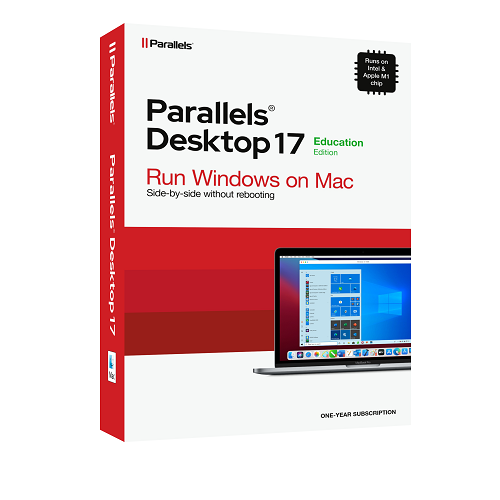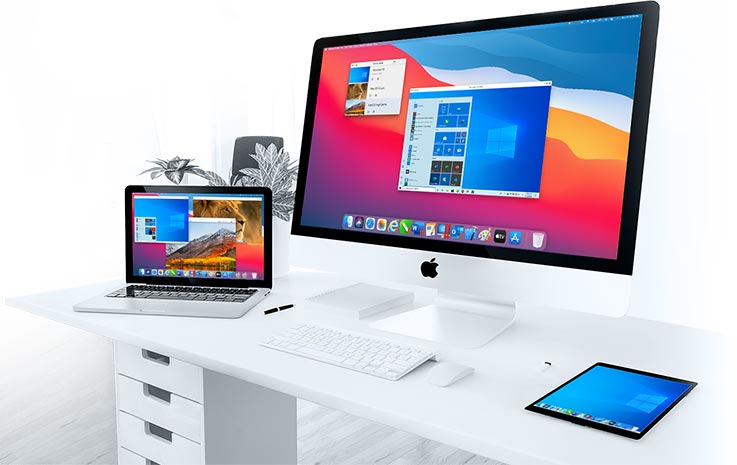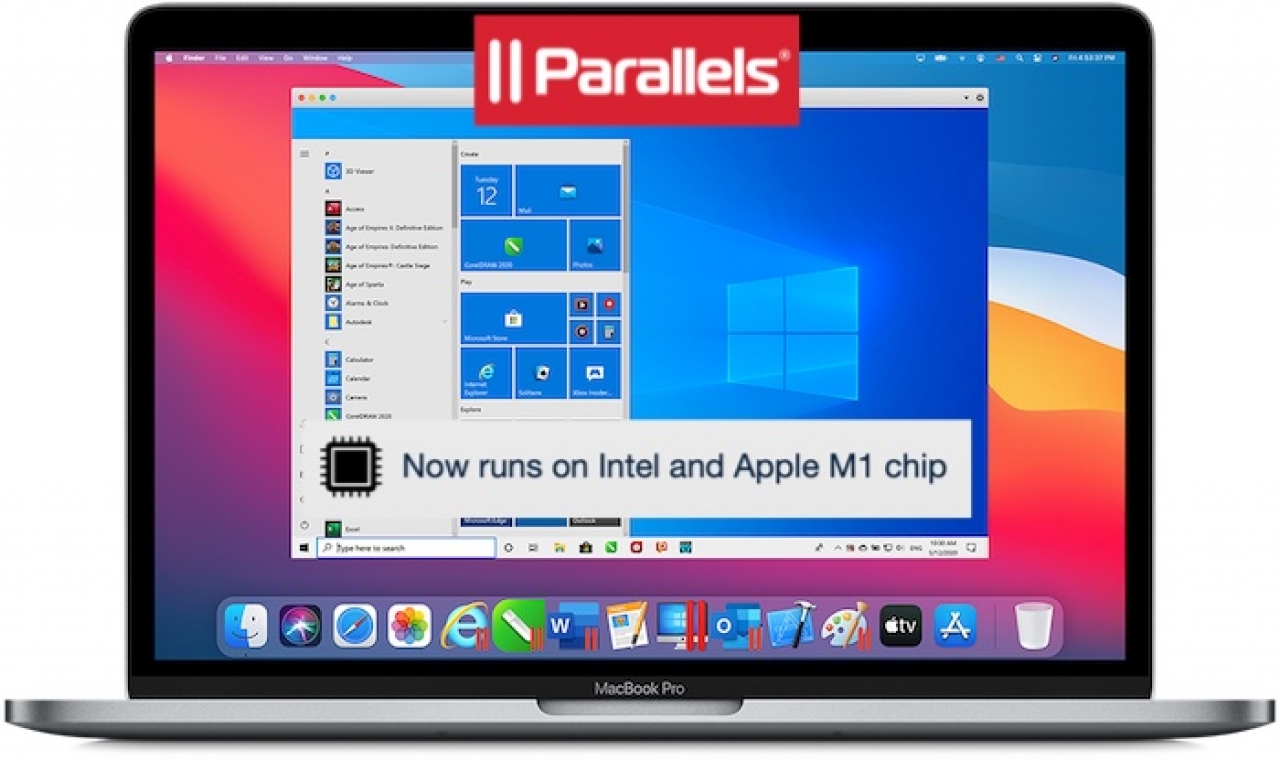

- Parallels desktop for mac on multiple computes? install#
- Parallels desktop for mac on multiple computes? full#
- Parallels desktop for mac on multiple computes? pro#
- Parallels desktop for mac on multiple computes? software#
WorldBench 5, the official PC World testing tool, on both aġ5-inch 2.16GHz MacBook Pro, and we compared those results with the same machines running Windows XP Pro natively via Boot Camp, and with a few actual PCs.

Parallels desktop for mac on multiple computes? full#
But, if you don’t require 3-D accelerated graphics or full hardware support, then Parallels delivers solid results. While this situation will probably improve with future releases, if you need 100-percent hardware compatibility, then a reboot via Boot Camp is your best bet. Some devices work perfectly, while others don’t work at all. You also might have trouble with some phones, media card readers, Webcams, scanners, and so forth.
Parallels desktop for mac on multiple computes? install#
For instance, if you have a Windows Mobile 5 smartphone, you’ll need to install a free, third-party tool to successfully sync the device. The second limitation is that not every hardware device in your collection will work perfectly, if at all. So, while you can play Windows Solitaire just fine, you’ll have to use Boot Camp if you want to try out Half Life 2.

The first, and the biggest letdown for diehard gamers, is that Parallels can’t presently handle accelerated 3-D graphics. Using Windows XP, for instance, I was able to install a fresh copy in about 30 minutes-basically the same amount of time it takes to install XP on a “real” computer. Depending on which OS you’ve chosen to install, you’ll spend anywhere from 10 to 45 minutes completing the installation.
Parallels desktop for mac on multiple computes? software#
To the installer, the machine looks like a dedicated, Intel-based computer system, with all of the appropriate hardware and software support. (Parallels can handle both formats, though you’ll need to specify that you are using an image file during the setup process.) You simply insert your installation CD, press the Play button in the Parallels interface (see screen shot), and the virtual machine will “boot,” which begins the actual OS installation process.Īt this point, the guest operating system really has no clue that it’s being installed on a machine running a virtual version of a computer under OS X. For Linux distributions, you may have image files (.iso) or burned CDs, depending on the source of the Linux distribution you’re using. In the case of Windows, you’ll need the actual installation CDs. Parallels doesn’t include any operating systems, so it’s up to you to supply them. Once everything’s set up, the next step is to install your chosen operating system. (You can customize these settings, if you wish.)

Based on the OS you choose, Parallels appoints values for the hard drive size, CD-ROM, video, RAM, etc. You do this by answering a few questions in an easy-to-use setup wizard. After launching the application, the first thing you must do is create a virtual machine (VM), specifying which OS you’re planning to install. An included uninstaller worked well when I tested it, removing the program and its associated parts.Īs noted, Parallels can run many different operating systems. Behind the scenes, Parallels has installed quite a few things on your machine, including a kernel extension (a low-level tool that modifies the core of OS X) to enable its magic. After installation, you’ll find the program in the Parallels folder in the Applications folder. Double-click the installer, follow the prompts, and wait for it to finish. Installing Parallels is no different than installing any other OS X program that uses an installer. What it really means to you, the user, is that you can run a wide variety of operating systems, including multiple versions of Windows-from 3.1 to 2000 to XP-as well as multiple versions of Linux, at very good speeds, and without ever rebooting your machine. Although that’s a mouthful of buzzwords, what it means is simple: VT lets an Intel CPU act as if it were several distinct CPUs, which in turn enables guest operating systems to run much faster. Parallels utilizes the Intel chip’s hardware Enter Parallels Desktop for Mac, an OS X solution for running “guest” operating systems within OS X.


 0 kommentar(er)
0 kommentar(er)
